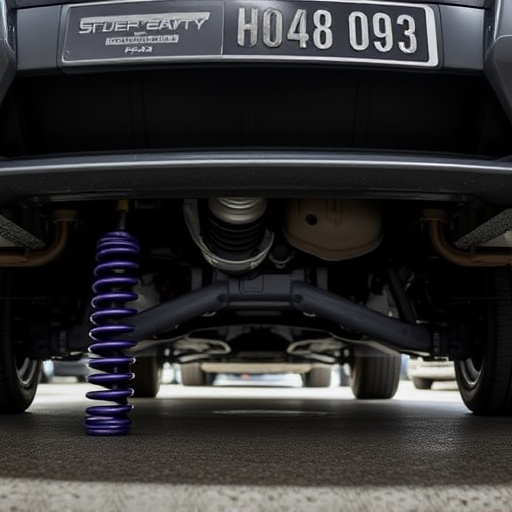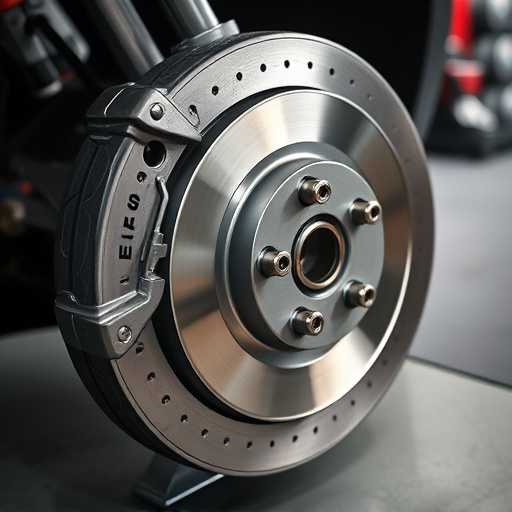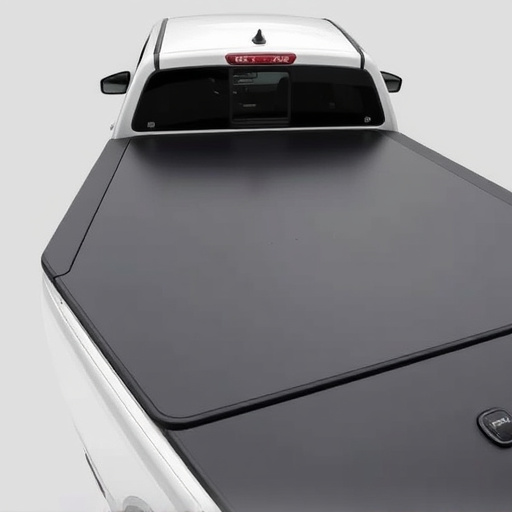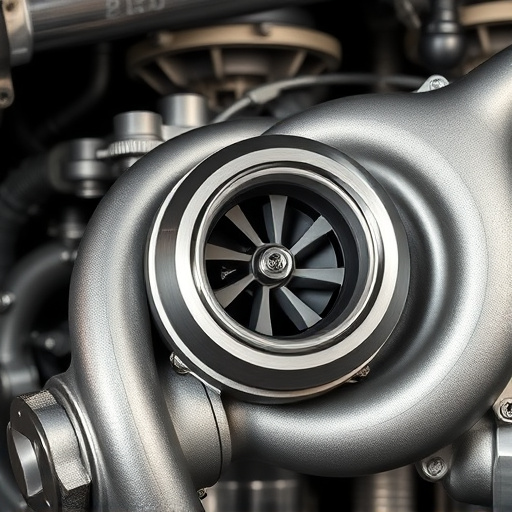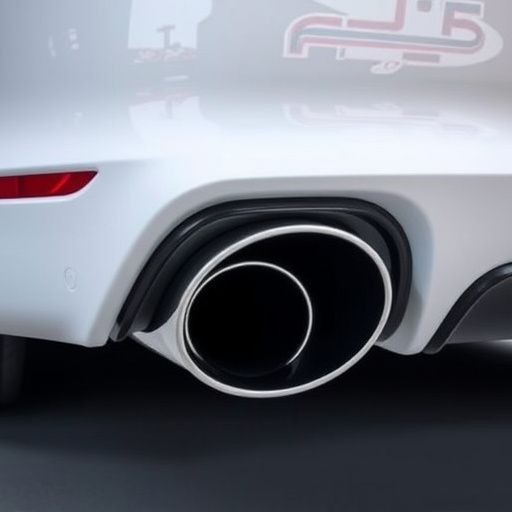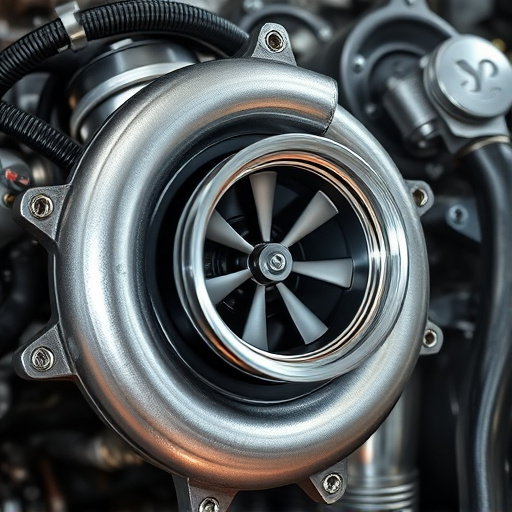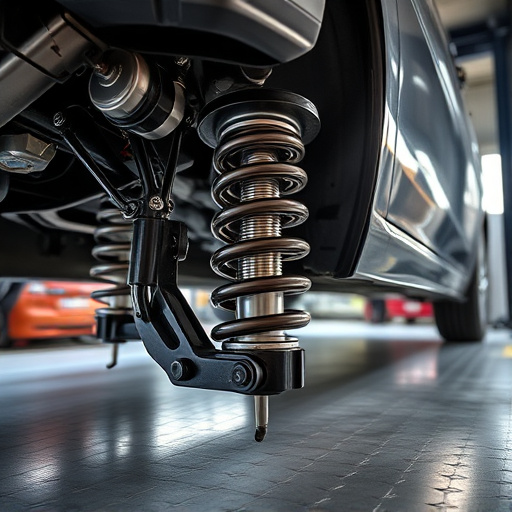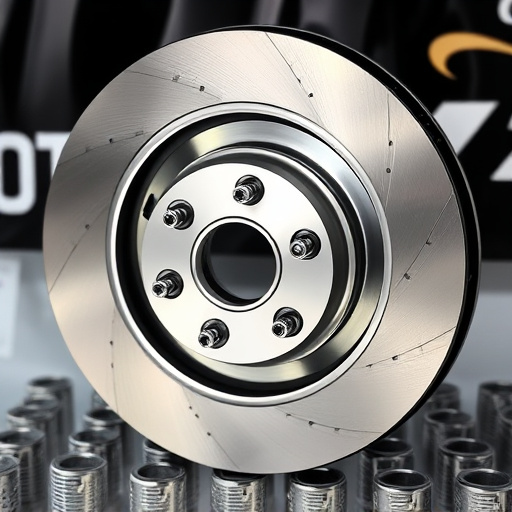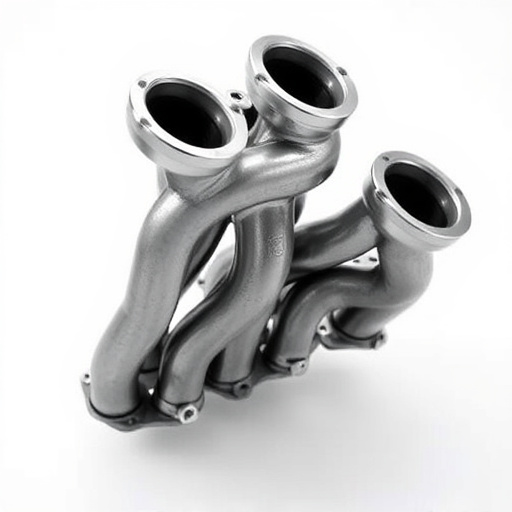Boost loss and heat soak severely impact high-performance engines with turbochargers or superchargers. Intercooler piping, a vital component, minimizes these issues by efficiently cooling compressed air between compression and engine intake, ensuring cold, dense air reaches the engine for enhanced performance under high loads. Strategic design of intercooler piping systems manages heat transfer, prevents "heat soak," maintains optimal temps, and contributes to overall vehicle dynamics alongside high-performance components like exhaust tips and suspension. Careful consideration of pipe diameter, smooth surfaces, minimal bends, and strategic placement is crucial for peak turbocharged engine performance.
Intercooler piping is a critical component in automotive engineering, playing a pivotal role in enhancing engine performance. This article delves into the intricate relationship between intercooler design and the reduction of boost loss and heat soak in high-performance engines. We’ll explore how efficient intercooler piping can optimize air-fuel mixture cooling, leading to improved power output and fuel efficiency. By understanding these principles, engineers can tailor intercooler systems for optimal performance.
- Understanding Boost Loss and Heat Soak in Engines
- The Role of Intercooler Piping in Mitigating Issues
- Design Considerations for Optimal Intercooler Piping Performance
Understanding Boost Loss and Heat Soak in Engines
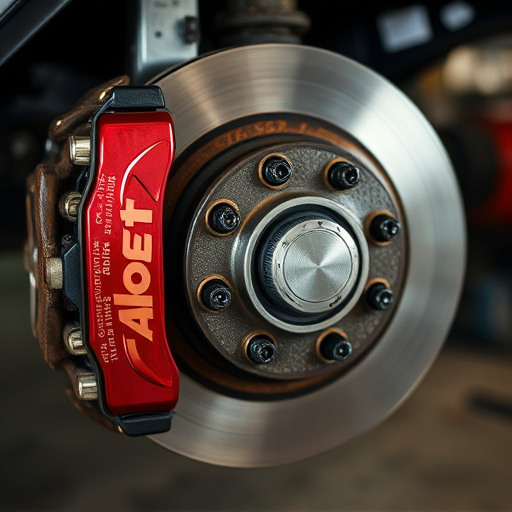
In internal combustion engines, boost loss and heat soak are significant issues that can impact performance and efficiency. Boost loss occurs when the compressed air intended for the cylinders escapes through leaks or is dissipated before reaching the engine, leading to a reduction in power output. Heat soak, on the other hand, refers to the buildup of excess heat within the engine after it has been running, which can cause temporary performance degradation and increase fuel consumption. These problems are particularly prevalent in high-performance vehicles equipped with turbochargers or superchargers, where the forced induction systems generate significant boost pressures.
Intercooler piping, a critical component in these forced induction setups, plays a direct role in mitigating both boost loss and heat soak. By efficiently cooling the compressed air between the compression stage and the engine intake, intercoolers ensure that the air remains at optimal temperatures, maximizing its density and, consequently, power output. Well-designed intercooler piping systems minimize heat transfer losses, ensuring that cold, dense air reaches the engine, thereby counteracting boost loss and reducing the impact of heat soak. This, in turn, enhances overall engine performance, particularly under high-load conditions, making intercooler piping an essential upgrade for those seeking to unlock the full potential of their vehicles’ forced induction systems.
The Role of Intercooler Piping in Mitigating Issues
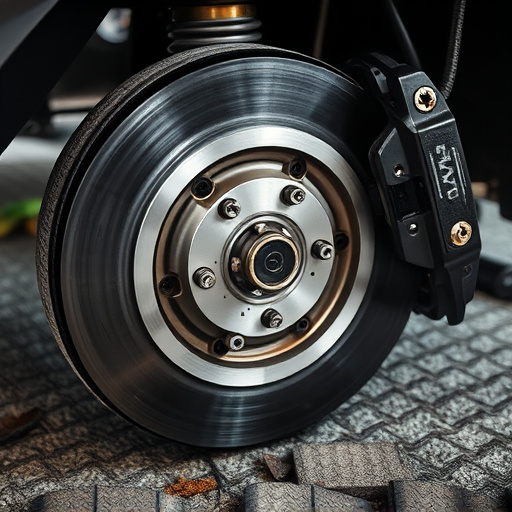
The intercooler piping system plays a pivotal role in mitigating several issues that can negatively impact engine performance. By efficiently managing heat transfer, intercooler piping reduces boost loss, ensuring that compressed air retains its energy and pressure throughout the process. This is particularly crucial in high-performance vehicles where the demand for increased horsepower often pushes engines to their limits.
Moreover, effective intercooler piping helps to prevent excessive “heat soak,” which can cause the engine to temporarily lose power and performance after prolonged operation. This phenomenon occurs when excess heat accumulates within the system, leading to a temporary drop in air density and pressure. Well-designed piping with strategic cooling pathways and efficient heat dissipation features help maintain optimal operating temperatures, enhancing overall vehicle dynamics, especially when combined with high-performance exhaust tips and suspension components.
Design Considerations for Optimal Intercooler Piping Performance
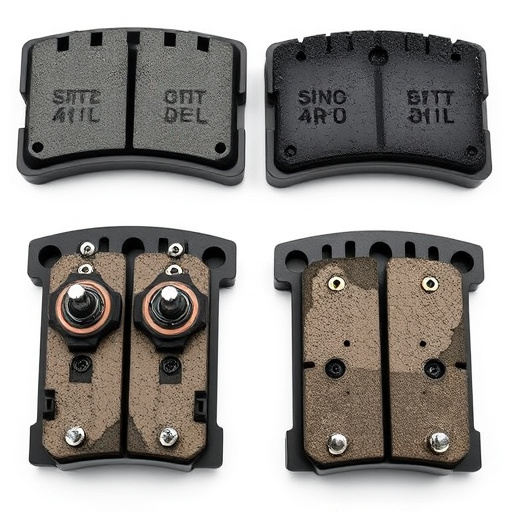
The design of intercooler piping plays a pivotal role in achieving optimal performance within a turbocharged engine system. To maximize cooling efficiency, engineers must consider several factors. Firstly, the pipe diameter should be calculated to balance flow rate and pressure drop, ensuring efficient air circulation through the intercooler without compromising boost pressure. Smooth interior surfaces and minimal bends are key to minimizing turbulence, which can lead to heat soak and reduced cooling effectiveness.
Additionally, strategic placement of intercooler piping in relation to other components like exhaust tips and brake pads is crucial. Proper routing can help manage heat transfer and prevent excessive heat soak on sensitive parts. This involves careful consideration of the overall system layout, ensuring that intercooler piping has adequate clearance from potential heat sources while maintaining a direct path for cooling air. Such design considerations collectively contribute to enhancing performance brakes by reducing heat-related losses and maintaining optimal operating temperatures in turbocharged vehicles.
In summary, optimizing intercooler piping is a game-changer in reducing boost loss and heat soak in engines. By understanding these issues and the crucial role of intercooler design, we can enhance overall engine performance. The right piping configuration ensures efficient cooling, minimizing temperature rise and maximizing boost pressure, ultimately contributing to a more vibrant and responsive engine setup.




